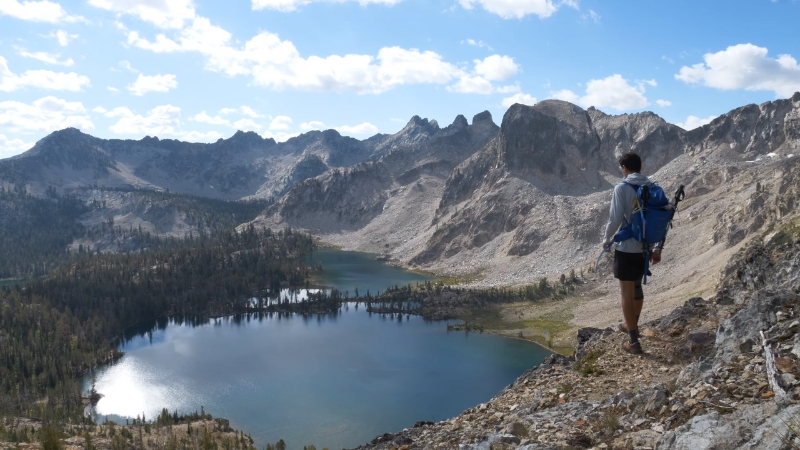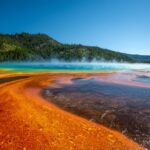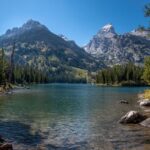Sawtooth Mountains in central Idaho offer a setting that feels both dramatic and welcoming for outdoor enthusiasts.
Jagged granite peaks dominate the horizon, alpine lakes sparkle under the sun, and trails wind through forests and meadows that lead into high-country adventure.
Accessibility combined with relative solitude makes this destination remarkable, since crowds are far smaller compared to other famous mountain ranges in the American West.
Opportunities range widely for visitors.
Beginners can choose short hikes or easy overnight trips to scenic lakes, while seasoned backpackers may test themselves on multi-day loops that cross rugged passes and string together multiple basins.
Mid-July through mid-September is the most reliable season, providing warm days, cool nights, fewer mosquitoes, and fully melted trails that allow safe passage into the higher terrain.
Essential Planning Information
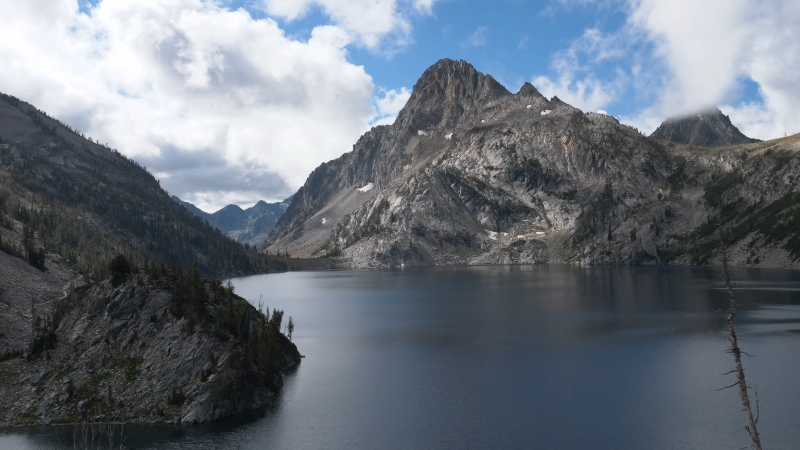
Planning a trip into the Sawtooth Mountains requires careful thought about access, permits, regulations, environmental responsibility, and equipment.
Preparation not only makes the trip more enjoyable but also ensures safety in an area that can feel remote once you leave the trailhead.
Travelers will benefit from knowing how to get there, what permits are required, how to minimize their impact, and which pieces of gear should be considered essential.
Getting There
Reaching the Sawtooths usually begins with a flight into a nearby airport and a scenic drive into Stanley Basin.
Stanley, Idaho, serves as the main gateway town, offering supplies, food, and a friendly base for launching outdoor adventures.
Drivers arriving on Highways 21 and 75 pass over striking mountain passes that build excitement for what awaits.
Key facts about getting there include:
Permits & Regulations
The Sawtooth National Forest in Idaho, US, is a vast wilderness area known for its rugged mountain scenery, including the iconic Sawtooth Mountains. pic.twitter.com/OE6uSZ3569
— 𝙉𝙖𝙩𝙪𝙧𝙚 𝙒𝙤𝙧𝙡𝙙.𝙉𝙤 𝘿𝙢”𝙨 𝙋𝙡𝙚𝙖𝙨𝙚. (@fb_greyson) July 7, 2025
Permits in the Sawtooth Mountains are simple compared to other national wilderness areas.
No advance reservations are required, as most trailheads provide free, self-issued permits.
For larger groups, rules change slightly since parties of eight or more must register with a ranger station.
Fire safety is taken seriously due to dry conditions in summer, which means campfires are often banned, especially in the busiest months of July through Labor Day.
Lightweight stoves provide a safe and reliable alternative for cooking meals.
Important points to know:
Leave No Trace Principles
Respecting the environment is critical in an alpine setting where ecosystems are fragile and slow to recover.
Leave No Trace principles guide visitors to reduce their impact. All trash must be carried out, and human waste should be buried at least six inches underground or packed out if regulations require it.
Wildlife safety also depends on proper food storage, which means using Ursacks or hanging food securely away from campsites.
Leave No Trace reminders:
Gear Prep

Equipment plays a large role in safety and comfort while backpacking. Lightweight tents provide shelter at high elevations where storms can appear quickly.
Reliable water filtration is mandatory since streams and lakes, though clear, can carry harmful microbes.
Compact stoves, trekking poles, and GPS devices form the core of a smart kit. Many travelers also bring a satellite messenger like InReach for emergencies when cell service is unavailable.
Tactical backpacks are often preferred by experienced hikers, as they allow gear to be packed efficiently while distributing weight across the shoulders and hips.
Essential gear considerations:
Best Beginner-Friendly Backpacking Routes
Sawtooth Mountains offer excellent choices for those new to overnight trips.
Beginners can ease into backcountry life without being overwhelmed by distance or elevation gain.
Trails are well-marked, lakeside campsites are easy to find, and scenery is spectacular.
Alpine Lake (via Iron Creek Trailhead)
Alpine Lake is considered one of the best introductory backpacking destinations in the range.
Covering 7.4 miles round trip with 1,240 feet of elevation gain, it combines moderate challenge with rewarding alpine scenery.
The trail begins with a steady climb through forest before opening to views of ridges and a clear blue lake. Multiple camping spots are available near the shoreline, making it stress-free for first-time backpackers to find a place to pitch a tent.
For those who want more, a side trip to Sawtooth Lake increases the outing to 10 miles.
A river crossing provides a touch of excitement, and carrying a water filter ensures safe hydration.
Key facts about Alpine Lake:
Iconic Day Hikes in the Sawtooths
Day hiking in the Sawtooths offers access to some of the most photogenic lakes and peaks without the need for overnight gear.
Several hikes stand out for their scenery, challenge, and overall experience.
Sawtooth Lake
View this post on Instagram
Sawtooth Lake is among the most popular day hikes in the range.
The 10-mile round trip gains nearly 1,900 feet and rewards hikers with one of the largest alpine lakes in the Sawtooths.
The trail begins at Iron Creek Trailhead, climbing steadily through forest and meadows before revealing a breathtaking view of Mount Regan towering above the lake.
Goat Lake
Goat Lake attracts hikers looking for a bit more challenge. The route covers 8.1 miles round trip and involves a final scramble up rocky terrain before reaching the water.
Despite its popularity, the shoreline offers plenty of quiet corners for reflection.
Bench Lakes
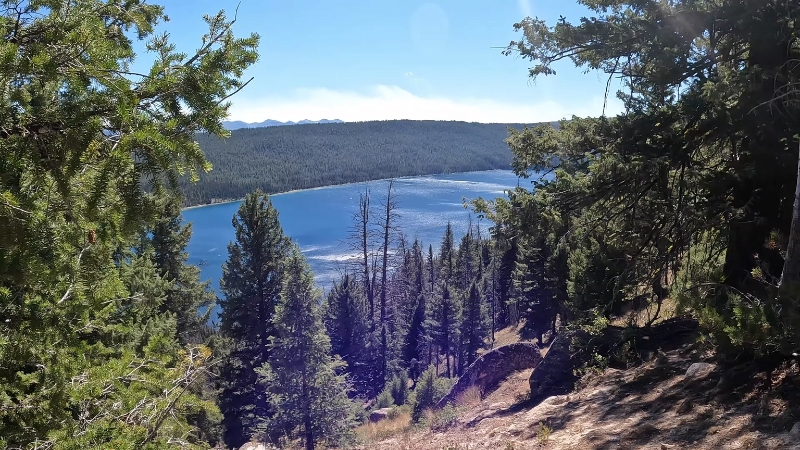
Bench Lakes provide a sequence of five alpine basins that can be visited in one outing.
The hike varies in length depending on how many lakes are reached, with the full round trip extending to 11.5 miles.
Mount Heyburn frames the view, while hikers who continue past the second lake often enjoy solitude away from crowds.
Alice Lake & Alice-Toxaway Loop
Alice Lake is a classic alpine destination requiring 12.2 miles round-trip.
For multi-day adventurers, the Alice-Toxaway Loop extends into a 20.6-mile circuit often completed in 2–4 days.
The loop passes multiple lakes, crosses high passes, and presents some of the most rewarding campsites in the Sawtooths.
The Bottom Line
@alxadventures Perhaps the best day yet! But why does the hike out ALWAYS seem to take twice as long as it should? I didn’t know much about Idaho before I began planning this trip but I have to say, the lakes in the Sawtooths are positively stunning. This area easily rivals some of its more famous neighbors in the PNW. Can’t wait to come back! #alpinecamping #backpacking #hikingadventures #sawtoothmountains #idaho ♬ 农场欢笑 A Happy – codemusic
Sawtooth Mountains remain one of Idaho’s most rewarding outdoor destinations.
With quiet trails, endless alpine beauty, and welcoming amenities in Stanley, the region offers a chance to experience true wilderness before it becomes widely discovered.
I’m Annabel, and traveling has always been my passion. My idea of fun? A lot of biking and hiking. From the Himalayas to the local hills, if there’s a path (or not), I’ve probably been there or it’s on my list.

